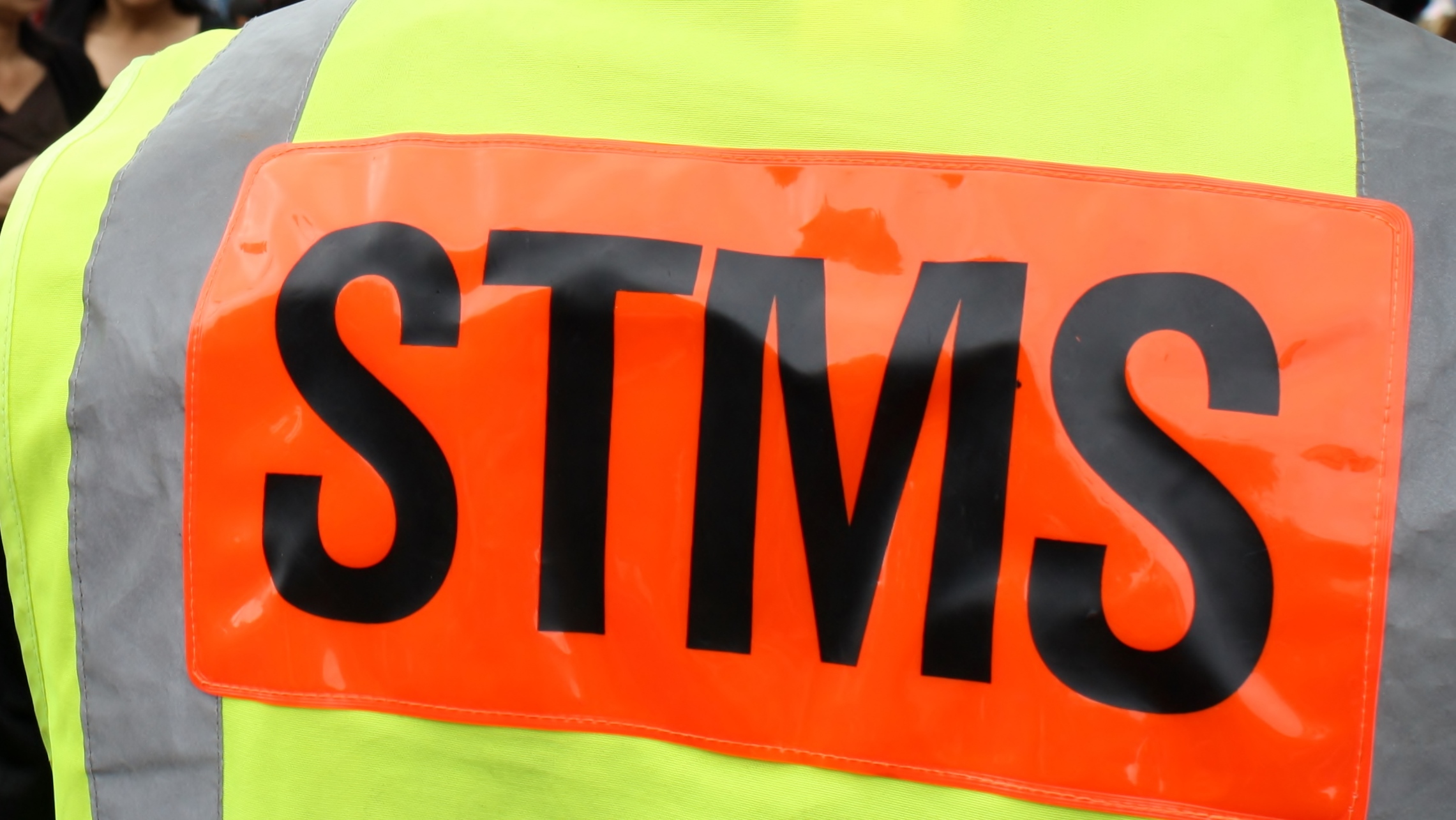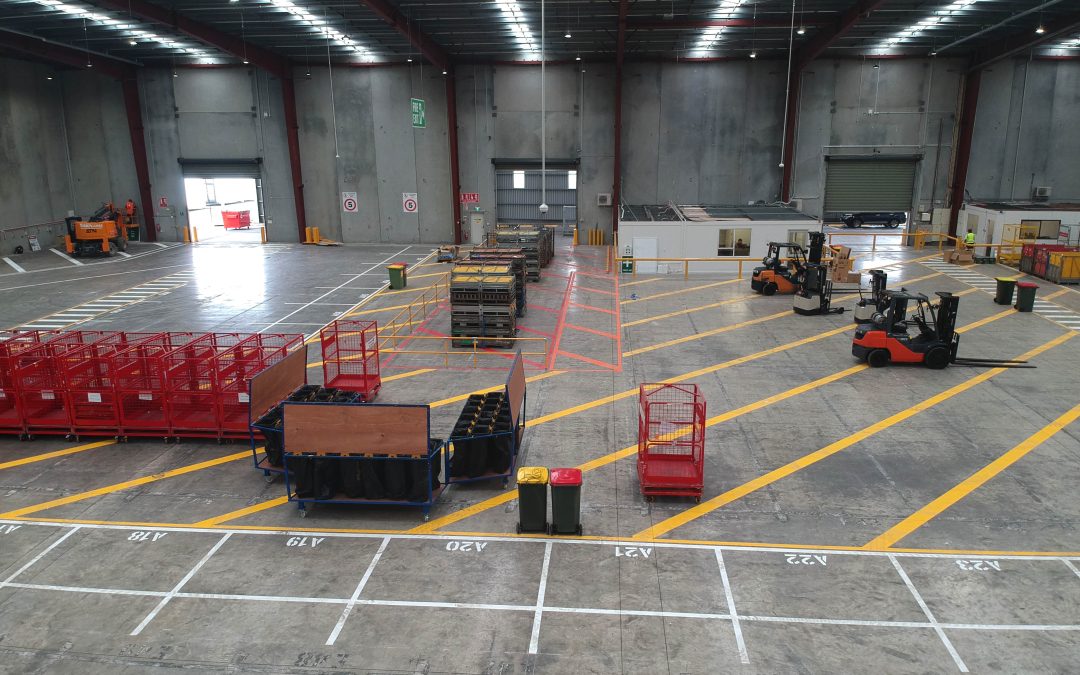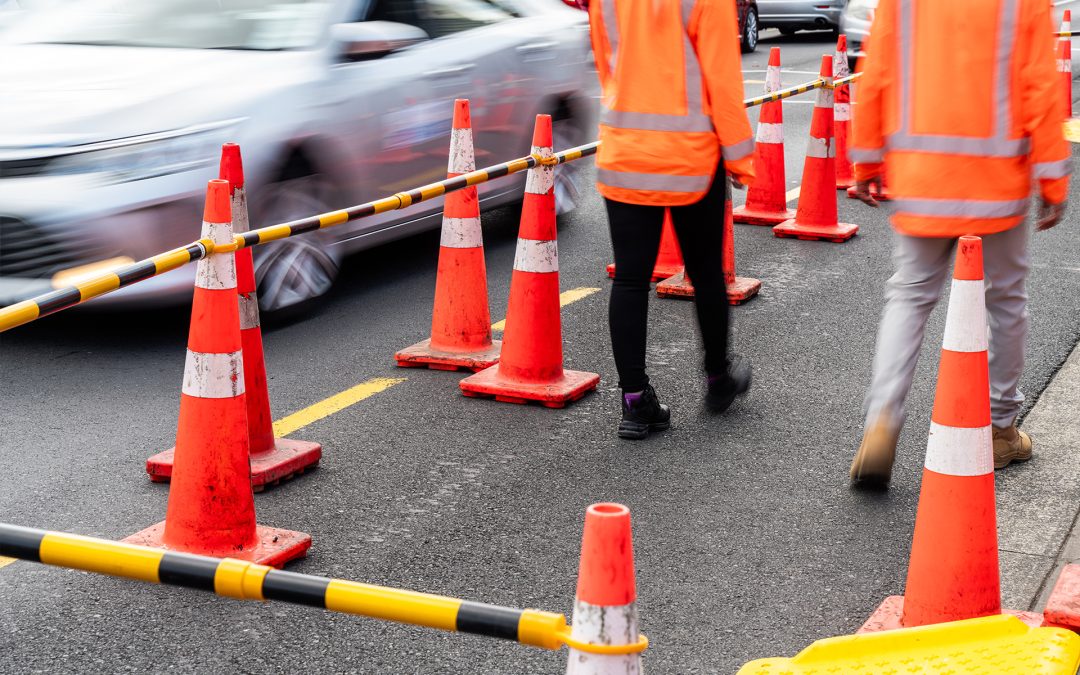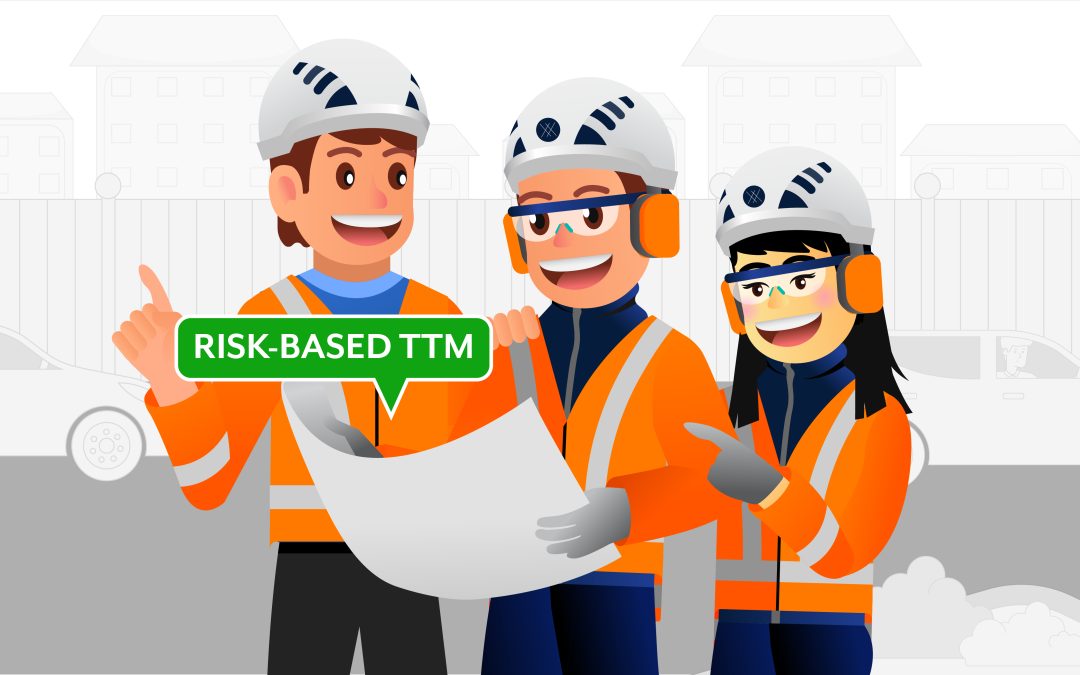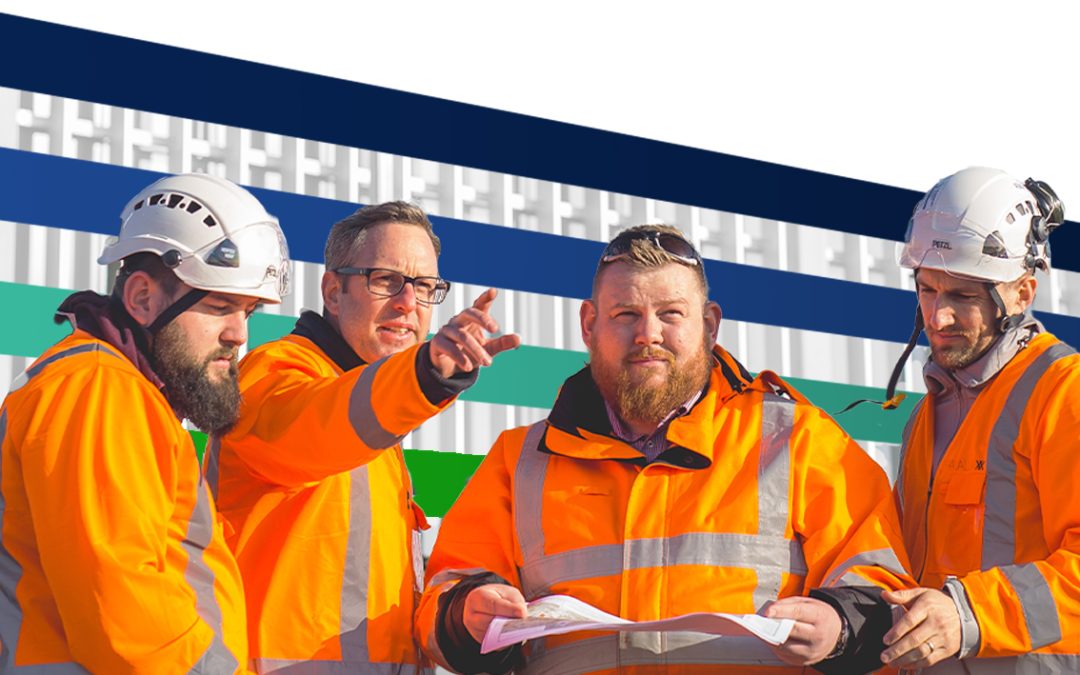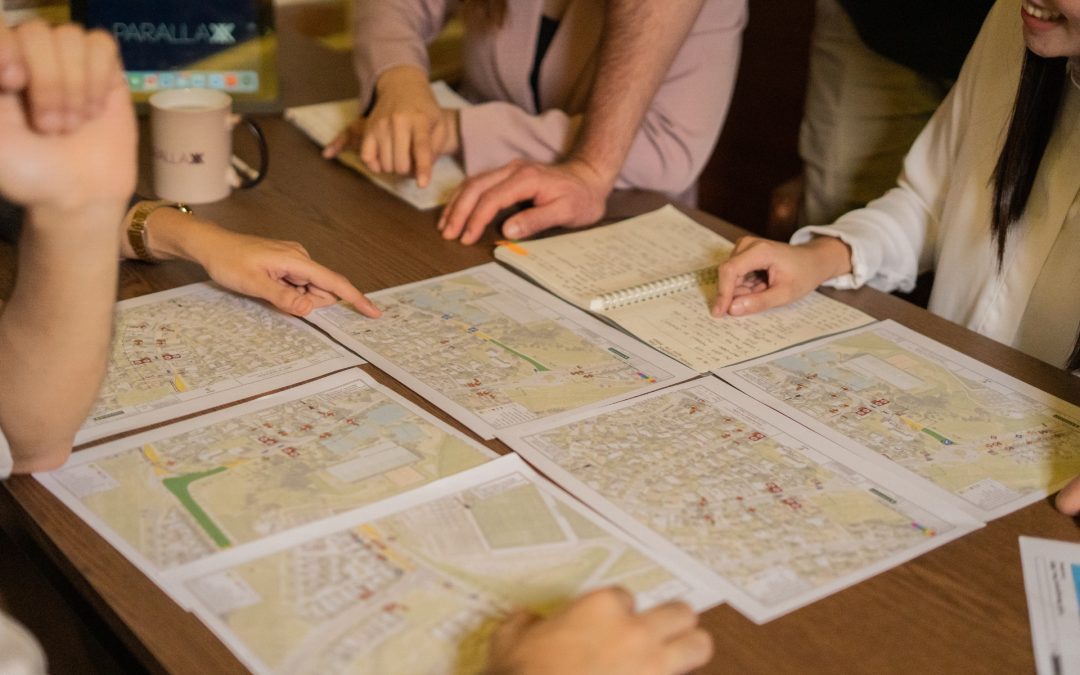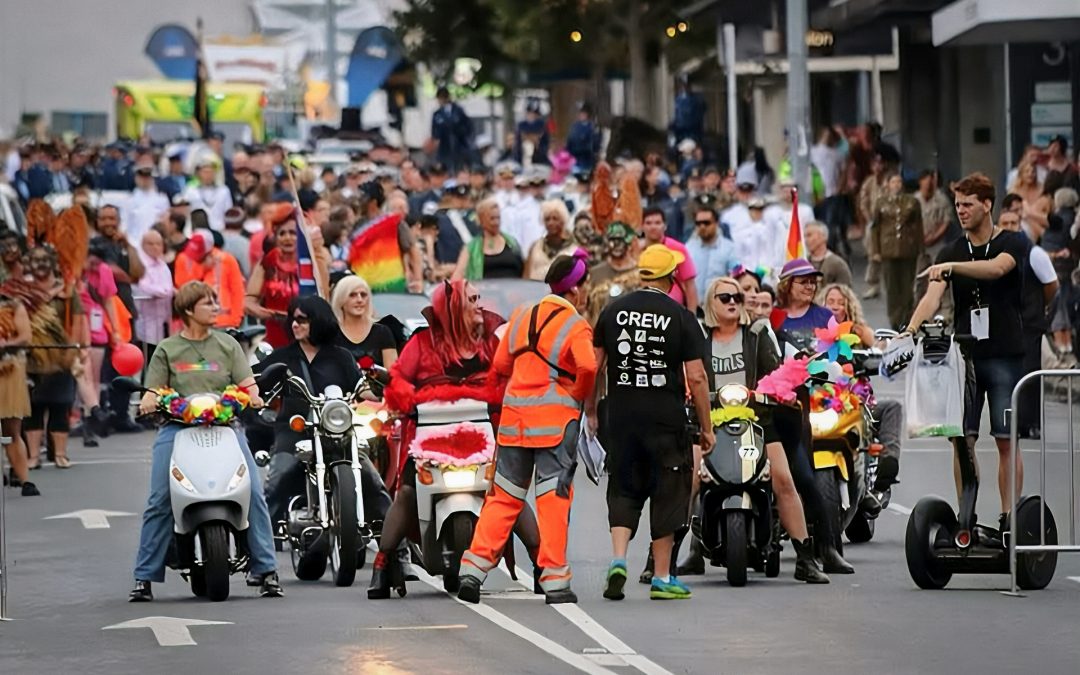In this ELI5 I will cover the following frequently asked questions:
- Road categories (read this first to understand the rest)
- Training and competency model explained at a basic level
- What happens to current TCs and STMSs?
- What are the unit standards all about and what is the NZ Certificate in TTM?
I. Road categories:
The qualification process for working on the road is changing and is now based on a ‘road category’ rather than a ‘road level’.
We are familiar with Road Levels (Low Volume, 1,2 and 3) but now we have Category A, B and C. Here’s what that means:.
The road levels are mostly based on traffic volumes rather than speed or environment (the main risks).
A Level 1 road could be a 50 km/h suburban side road or a high speed 100km/h state highway (both these are the same ‘level’ but have completely diffferent risks). Two completely different environments that have been given the same kind of classroom training only.
The categories have been brought in to address the different risk environments that need to be considered. On each category – people have to be assessed (not just classroom trained) that they know how to work safely.
Category A: Any road that is 60km/h or less with any amount of lanes. This means everything from residentual cul-de-sacs to Nelson St in Auckland’s CBD.
Category B: Any road 70km/h or more that has one lane in each direction (two directions, one lane in each direction). This is most of Rural New Zealand including pretty much all State Highways.
Category C: High speed, multiple lanes in the same direction. So this is motorways, expressways mainly.
Makes sense right? We should be training and assessing competency in the different risk environments.. You could be the best motorway STMS in the world , but have absolutely no idea how to install a footpath detour and stop/go in the middle of the CBD with driveways, bus stops and bike lanes.
Each Road Category has a theory and practical part – and any STMS wanting to work on a category must be qualified for that category (you cant get one qualification to cover all of them – they are different).
II. Training and competency model explained
The best way to describe the new Training and Competency model is to look at the current pathway to become a Level 2/3 Practising STMS.
The current model:
- Level 1 TC – 1 day workshop
- Level 1 STMS – 2 day workshop
- Level 2/3NP STMS – 2 day workshop
- Complete 3 verifications (setup three level 2/3 worksites under supervision)
- Complete a Level 2/3 Practical assessment (install, maintain and remove a high speed lane closure)
As you can see, there is only an assessment to be a Level 2/3 STMS for Level 2 and 3 roads. Whereas a Level 1 STMS, just needs to do 3 days of powerpoint to be qualified to setup, unsupervised worksites on high speed rural roads. Crazy right?
The new model, takes the same approach as we have at Level 2 and 3 and applies it to all categories.
The pathway for the new model looks like this (for a new entrant to the industry):
TTM Worker – This workshop trains new entrants to the industry the very basics and only what they need to know to work safely under instruction. I.e. how to setup a sign, what PPE to wear, no go zones, how to do manual traffic control. Its essentially the company induction before workers are put out on the road with an STMS. With this qualification they cant do anything on the road without supervision.
Traffic Management Operative (TMO) – 1 day workshop. This replaces the TC workshop and now has a practical assessment part as well. The TMO like the (TC for level 1 sites, or 2/3 Non Practicing for L2/3 shoulder closures) is able to be delegated control of a worksite that has been setup by an STMS. Once the TMO has completed the 3 verifications and assessment, the TMO can mind any kind of worksite on
Category A and B roads (99% of all roads) – but not motorways (Cat C). The TMO can also setup worksites that don’t affect the carriageway. For example they can park legally and work on the footpath or berm. This qualification is useful for inspectors (for CAT A or B Roads), for emergency responders who dont need to work in the lane, for people who just work in the footpath or berm, or construction that doesn’t affect the carriageway (like site access points).
Site Traffic Management Specialist (STMS) Universal – this is the STMS but renamed to be a Specialist rather than Supervisor. This is a two-day workshop and covers all of the universal information an STMS needs to know. Such as how to conduct a toolbox or site briefing, how to read a TMP, how to deal with incidents, how to manage risk. This is a theory only course and prepares an STMS to go on to one or more of the Categories (A, B and/or C).
Choose which road categories you need A, B and/or C. A and B can be completed together in 1.5 days, C can be completed on another day. Each of the categories have their own practical assessment. So 3 verifications, followed by an on-road assessment with an assessor. A and B will be a stop/go. C will be a lane closure. Once the assessments are complete you’re competent and good to go.
As you can see, the same principles apply, there is just a competency assessment at each stage – where the TMO or STMS is going to be directly in control of an activity that has a substantial amount of risk. Anyone arguing that this is too much work should take a good look in the mirror. Can you honestly say that the current model of 3 days of PowerPoint training equips our workers to carry out Level 1 stop/go operations on state highways safely?
III. What happens to current TCs and STMSs?
- – Your current warrant is good until it expires, you can keep doing what you are doing until you expire. The only exception is that from the 1st of October, TCs can no longer setup and remove worksites by themselves and 2/3NP STMS’ can’t do mobiles or shoulder closures by themselves anymore.
- – If you are an STMS (doesn’t matter what level), you complete the Category A,B,C combined refresher workshop. You then do ONLY the assessment component (don’t need to do the verifications) for the categories of road you want to work on. So most people will be doing the A/B combined assessment.
- – If you’re a TC you’ll do the TMO refresher workshop and have to complete the TMO assessment. Then you will have to complete the full assessments for the STMS categories (after doing the STMS theory training of course).
IV. What are the unit standards all about and what is the NZ Cert in TTM?
– The NZ Certificate in TTM formaliSes the Waka Kotahi TTM training and makes it an NZQA recognised career pathway – like most other industries in New Zealand.
- – Each of the learning blocks (TTM Worker, TMO, STMS-U, STMS A,B,C) have a unit standard (or standards) connected to them which are exactly the same as the Waka Kotahi assessments. What this means is that it is no extra work to earn the unit standard. The Waka Kotahi and NZQA workbooks are aligned.
- – The unit standards go on the trainees record of achievement and are there for life. Just like when you do your Class 2 license, you get the unit standards for fatigue, log book etc. It is proof you have completed the training and it is on your NZQA profile and can never be lost or removed.
- – The Warrant system sits alongside the units. The warrant system is essentially your drivers license. You’ve passed the test, but you need to renew your license every 3 years to prove that you are still competent. Another analogy would be going to university and doing a degree in Engineering. Great you’ve got a degree but are you competent in the field you’re working in? That’s why there are chartered professional engineers who have demonstrated competency and need to be re-assessed every 6 years. Waka Kotahi is performing the same function here. The NZ Certificate is your training, but you still need to be a warranted Practicing TMO or STMS to actively work on the road.
- Let us know how we can help. Contact us for inquiries
